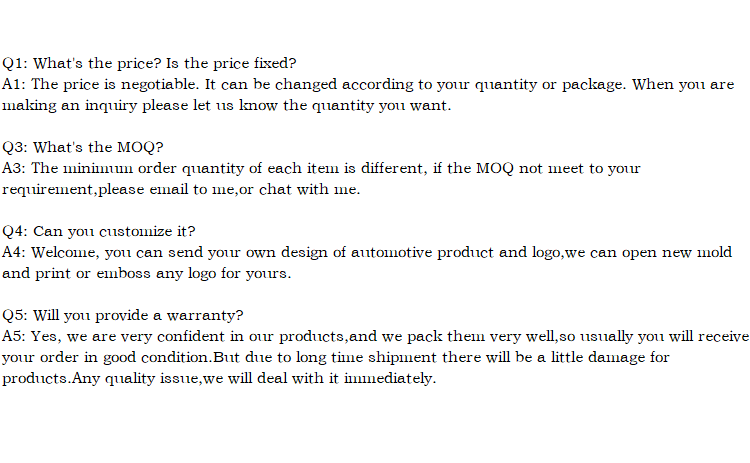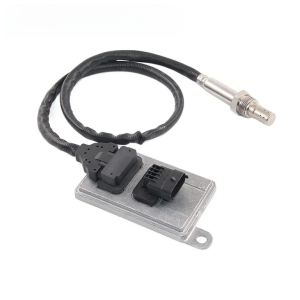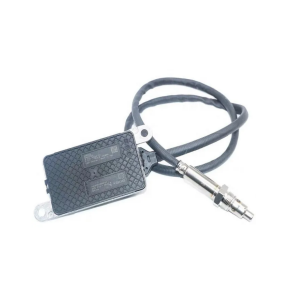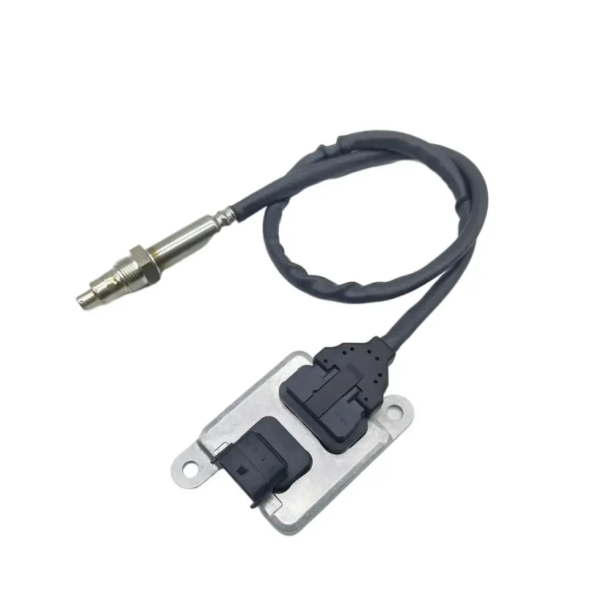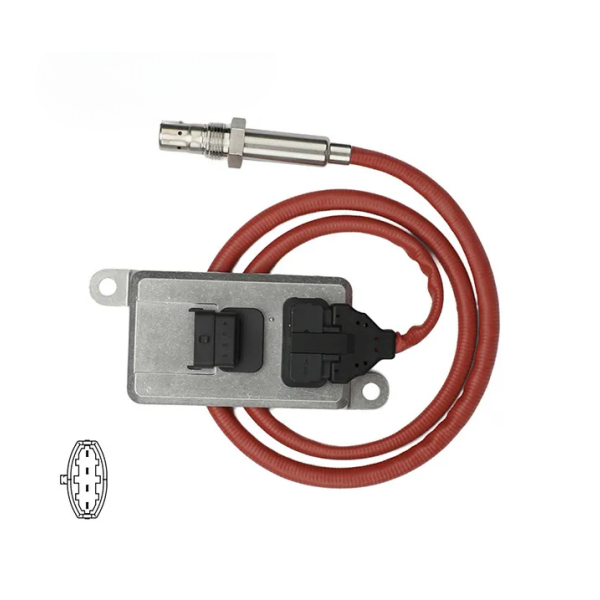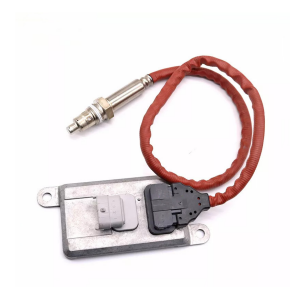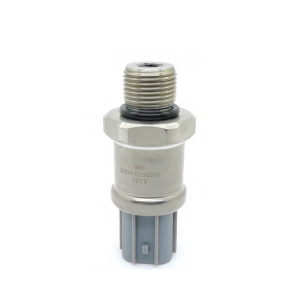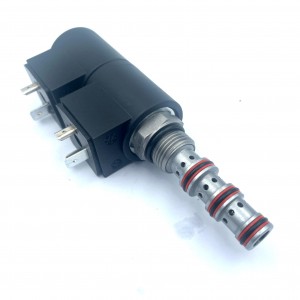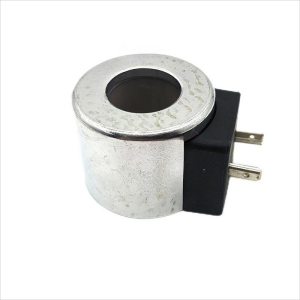The Nitrogen and Oxygen Sensor Used in Cummins Engine
Details
Marketing Type:Hot Product 2019
Place of Origin:Zhejiang, China
Brand Name:FLYING BULL
Warranty:1 Year
Type:pressure sensor
Quality:High-Quality
After-sales Service Provided:Online Support
Packing:Neutral Packing
Delivery time:5-15 Days
Product introduction
Generally, the engineering logic of fuel feedback control system determines that the oxygen sensor is close to the combustion chamber, and the higher the accuracy of fuel control is, which is mainly determined by the characteristics of exhaust air flow, such as the gas speed, the length of the channel (the gas is too lagging behind instantaneously) and the response time of the sensor, etc. Many manufacturers install an oxygen sensor under each exhaust manifold of each cylinder, so that it can determine which cylinder has a problem, which eliminates the possibility of diagnosis error, and in many cases reduces the diagnosis time by eliminating at least half of the potentially problematic cylinders. A normal catalytic converter with a dual oxygen sensor and a fuel feedback control system that normally controls the fuel distribution system can ensure the safest conversion of harmful exhaust components into relatively harmless carbon oxide and water vapor. However, the catalytic converter will be damaged due to overheating (due to poor ignition, etc.), which will lead to the reduction of catalyst surface and the sintering of orifice metal, both of which will permanently damage the catalytic converter.
When the catalyst fails, we can know that technicians are very important in repairing the environment and exhaust system.
The appearance of OBD-II diagnosis system makes the on-board monitoring system and OBD-II monitoring system of environment and catalyst accurate detection means according to the oxidation characteristics of good or bad catalysts. In stable operation, the signal fluctuation of a good oxygen sensor (hot) behind the catalyst should be much less than that of any oxygen sensor in front of the catalyst, because the normally operating catalyst consumes oxidation capacity when converting hydrocarbons and carbon monoxide, which reduces the signal fluctuation of the post-oxygen sensor.
Product picture
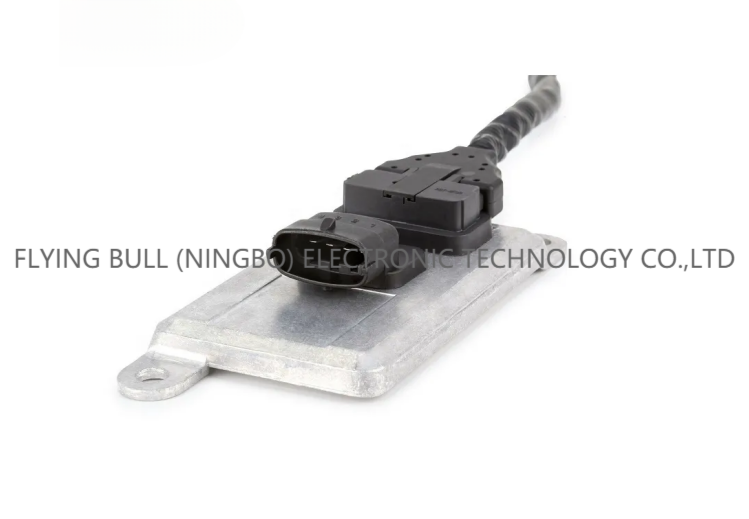
Company details







Company advantage
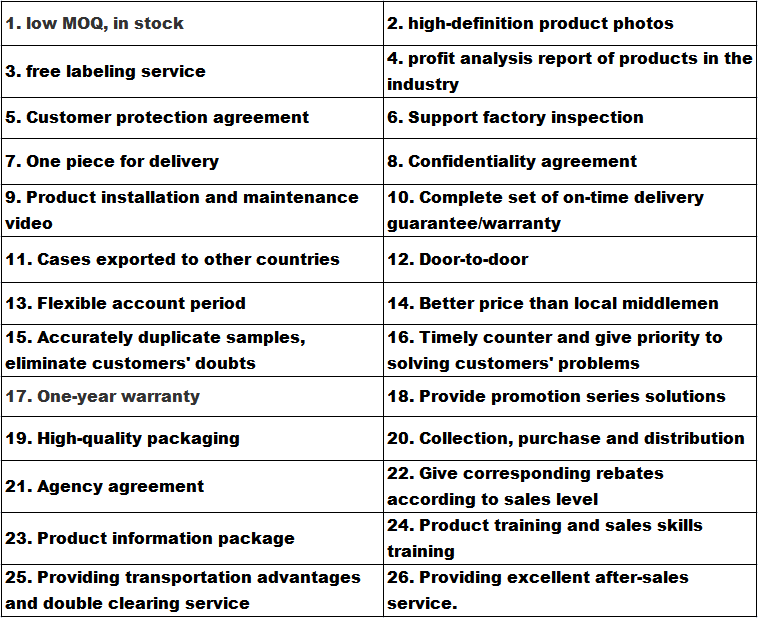
Transportation

FAQ
